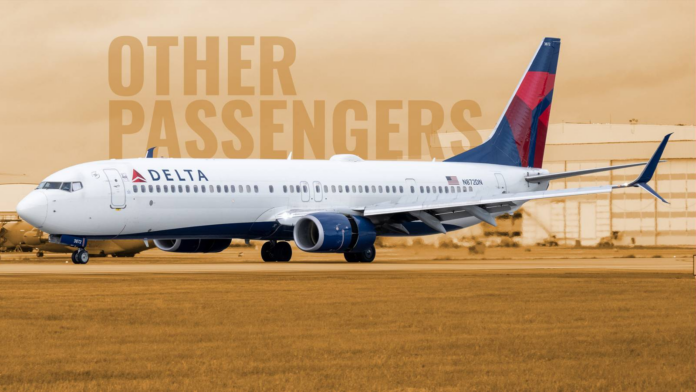Delta Air Lines (NYSE: DAL) has consistently proven its ability to serve as the aviation industry’s leader not just in terms of service quality and reputation, but in financial performance as well. It would be simple for us to highlight how Delta Air Lines has the industry’s largest revenue, market capitalization, and operating profits, but that would not tell the entire story of how the airline has continued to outperform the expectations of even the most bullish analyst. Legacy carriers, such as Delta Air Lines, United Airlines, and American Airlines, had historically trailed low-cost operators in terms of margin performance until the COVID-19 pandemic.
In the years that have followed, Delta specifically has seen margin expansion beyond even the estimates of the most bullish sell-side equity research analysts back in 2019. The airline’s shares have continued to return exceptional value to shareholders, and it continues to deliver good earnings. Even though United Airlines (NYSE: UAL) and its CEO Scott Kirby have attempted to argue that Delta’s reign is coming to an end, financial metrics do not support this argument. We analyze the role that Delta’s continued focus on premium travelers has contributed to its astounding market outperformance.
A Brief Overview Of Delta’s Recent Success
Delta’s recent financial success comes from a deliberate tilt by the airline towards premium revenue, the economics of its loyalty program, and the overall dominance of its global network. Over the last decade, the airline invested heavily in its differentiated cabins, lounges, technology, and operational reliability. The airline has made high-margin premium seats, co-branded premium card spending, and high-margin ancillary revenue the center of its profit-and-loss equation. Premium cabins were once a loss-leader for the airline, but today they are the company’s richest profit pool, and management expects premium revenues to surpass those of the main cabin by 2027.
The airline’s partnership with American Express is going to provide it with a steady and growing source of cash flows, including around $2 billion from last quarter alone. This process has been at the center of the airline’s post-pandemic recovery strategy. Delta Air Lines also controls capacity at several powerful hubs across the country, including Hartsfield-Jackson Atlanta International Airport (ATL), Detroit Metropolitan Wayne County Airport (DTW), Minneapolis-St. Paul International Airport (MSP), Salt Lake City International Airport (SLC), and Boston Logan International Airport (BOS). The airline also has a major presence at John F. Kennedy International Airport (JFK), Seattle-Tacoma International Airport (SEA), and Los Angeles International Airport (LAX).
The airline continues to look to expand into new kinds of international markets through joint ventures, which will add higher-yield services to the airline’s long-haul mix, while a younger and more fuel-efficient fleet is set to lower overall unit costs. On the demand side, affluent leisure and resilient corporate traffic have kept load factors and fares firm across the board. The result was record profitability, including more than $1.4 billion during the September quarter on its own, helping improve free cash flow to deleverage and reinvest. There are outstanding risks, such as the concern of macroeconomic softness among wealthier consumers or a faster rebound in industrial supply.
On October 16, 2025, shortly following United Airlines’ third-quarter earnings release, New York Times travel industry analyst Niraj Chokshi published an analysis of the fresh third-quarter financial results. His argument, which has been discussed across the industry, argues that the industry has been cut into two tiers, with Delta and United pulling ahead into a new tier beyond that of their rivals. The core mechanics behind Chokshi’s argument are fairly straightforward. He argues that years of investment in premium cabins, lounges, technology and operational reliability have shifted these airlines’ revenue mix towards higher-yield customers.
He argues that expansive international networks and joint ventures add long-haul revenue capabilities that smaller competitors cannot match. Additionally, he notes that United and Delta’s positions at fortress hubs concentrate demand and overall connectivity, further supporting their overall pricing power. Loyalty programs and co-branded credit card spending supply remains steady, and high-margin cash flows are proving to be less cyclical than ticket sales. This insulates the earnings of Delta and United from the global economic cycle, if you buy Chokshi’s argument. He notes quite clearly:


